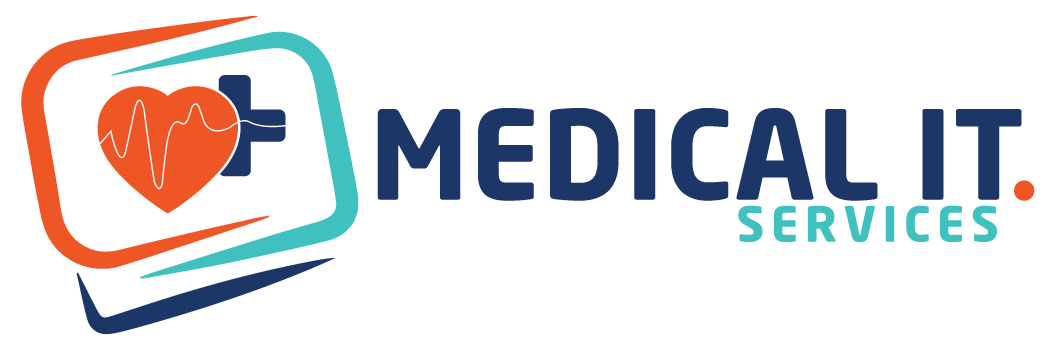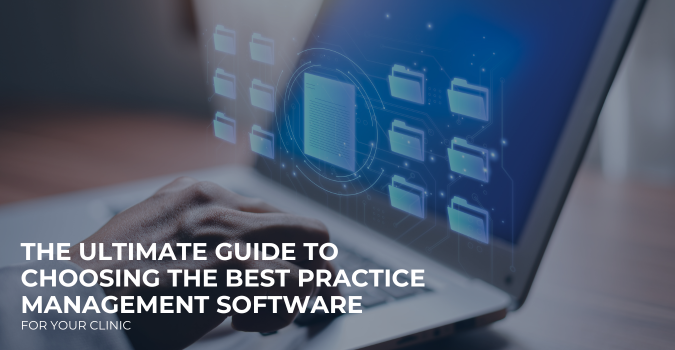In today’s fast-paced digital world, patients expect the same level of convenience and accessibility from…

What is Business Continuity and Disaster Recovery in Healthcare?
Business continuity in healthcare is more essential today than it has ever been. The beginning of the pandemic took the healthcare industry by hail for more than one cause. Yes, no one could have expected that COVID-19 would wreak devastation to such a degree. But the ones that had a healthcare business continuity plan in place, may have been in a better position to handle the circumstances head-on. But many healthcare organizations are missing an important element for business continuity and disaster recovery.
What Is Business Continuity Plan?
Business continuity (BC) and disaster recovery (DR) in healthcare are closely connected methods that help a healthcare organization capability to stay operational after a damaging event. Every clinic is highly dependent on digital technologies to generate revenue, offer services, and support customers. Among most other industries, healthcare needs a concise & effective Business Continuity Plan (BCP) to protect its patients & employees. Business continuity in healthcare is required to continue their services during a unhappen event or circumstances.
Do you know? More than 75% of businesses without BCP fail within 3 years after facing a disaster. Having an effective Business Continuity Plan of Healthcare help to manage these unforeseen situations & provide the utmost patient care.
How To Build Business Continuity Plan?
When developing a business continuity plan for healthcare, assure that it is properly integrated with existing HICS, and know about IT disaster recovery, and data security planning processes by following the 6-step model below:
Build a Cross-Functional Steering Committee
To successfully execute an integrated preparedness plan is to build an integrated, cross-functional group of management (i.e. steering committee) to oversee the preparedness effort of the medical clinic. However, it is essential to bear that this committee should truly be cross-functional.
Set Program Scope and Aims
When the cross-functional steering committee is built, this team should set organization-wide program aims and preferences. These priorities may include:
- Protect employees and patients
- Provide care for patients in residence
- Provide centralized, patient-facing exercises
- Deliver outpatient services
- Perform necessary back-office activities
- Perform Business Impact Analysis
After determining the scope and aim, the committee should execute a business impact analysis (BIA) and risk assessment for in-scope departments throughout the hospital.
Setup Response and Recovery Procedures
Following the BIA and security risk assessment, the committee should determine abilities and methodology that allow healthcare to recover its necessary services and resources (including technology) within the recovery time.
Develop and Update Plans
Following the title and execution of processes, all teams should employ analysis results to develop or update emergency response, IT disaster recovery, business continuity, and information security plans. These procedures should assure that healthcare can respond and recover from the following disaster scenarios:
- Facility Inaccessibility
- Personnel Unavailability
- Technology Outage
- Supplier/Vendor Loss
- Information Security Event
- Equipment Outage
- Patient Surge
- Test and Service Plans
All plans have been built or updated; an integrated method should be employed to analyze the plans. The organization should include IT disaster recovery tests within the scope of the emergency management tests.
What is Disaster Recovery in Healthcare?
The disaster recovery plan is a described set of procedures that describes how a healthcare organization will respond to any disaster. It typically answers the following:
- Disaster Recovery Plan
- Declare a Disaster Plan
- Summon Disaster Recovery for business continuity
- Descriptive Key Roles and Responsibilities
- Recovery Time
- Recovery Point Objectives
- Business Continuity and Disaster Recovery
Business Continuity and Disaster Recovery
HIPPA highlights the important steps that should be followed while developing a business continuity plan and disaster recovery in healthcare. These plans have smaller component procedures such as a Disaster Recovery Plan (DRP) and an Emergency Operations Mode Plan. This business continuity plan helps healthcare organizations to be capable of recovering critical IT systems that handle Electronic Patient Health Information (ePHI) into a disaster recovery location while ensuring critical business core functions continue in the event of a disaster. The objective of the continuity plan is to establish and highlight the roles, responsibilities, and steps needed in a real-world DR scenario.
Conclusion
Furthermore, business continuity and disaster recovery are essential for healthcare. A BCP is important to make sure that patient data and records are secured and can’t be stolen or damaged in case of any disaster. If your healthcare business is struggling due to server failure or malicious attacks, do not hesitate to contact our IT support specialist. As, we provide IT disaster recovery services that allow healthcare practices to regain access, take action to reduce damage, and resume operations as quickly as possible.
Related Articles:




